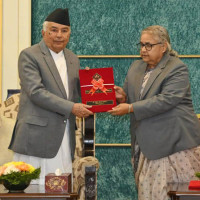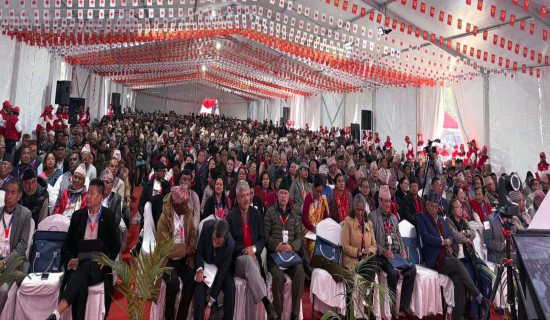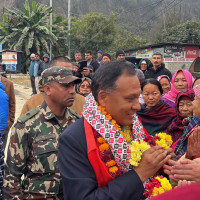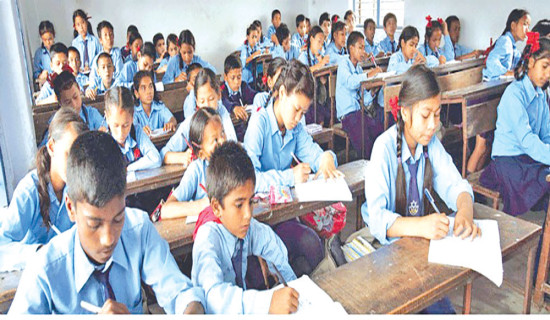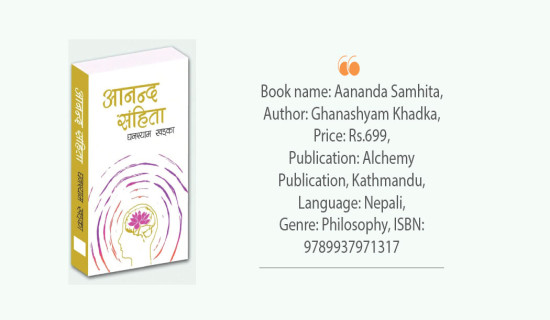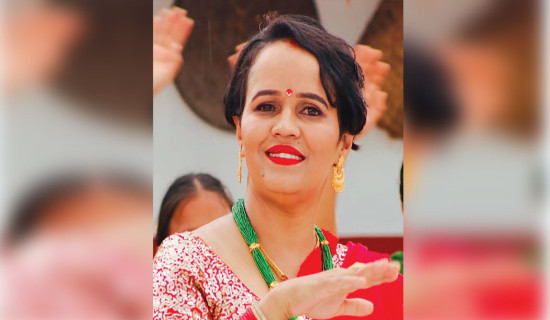- Monday, 15 December 2025
Govt has no record of students going abroad for higher education
Kathmandu, Aug. 7: Almost everyone is familiar with the reality that many students have been leaving the country for higher education. But the scary fact is that no government authority has authentic record about the number of such students.
Due to a lack of government mechanism to keep the record of the students going abroad, the country doesn't have the authentic data on such students. This means that the government is unaware about its energetic youth brains.
"The government can track the data of students going abroad and returning home if it keeps one desk at airport. But, it seems that it has no will to work in that direction," said Prakash Pandey, president of Education Consultancy Association of Nepal.
Because of the lack of accurate data, stakeholders reckon that number on the basis of No Objection Letter (NOC) issued by the Ministry of Education, Science and Technology (MoEST). The NOC is mandatory to be enrolled in foreign universities, but it is not sure that all such students received it from the Ministry, Hari Niraula, head of Abroad Study Permission Section said.
According to Niraula, some countries require students to submit NOC before the visa process starts, meaning that not all students who receive NOC get visas. Australia is one such countries.
Likewise, a single student can receive multiple NOCs, one for regular course and another for language course, so calculating the number of students on the basis of NOC issuance is totally wrong, president Pandey said.
Only about one third of the students with NOC are leaving for higher education, Pandey assumed.
With borders reopening across the world as COVID-19 pandemic ebbs away, there has been a significant increase in the number of students taking the NOC.
Niraula informed that a total of 114,000 students received the NOC in the last fiscal year 2021/22. Of them, 70 per cent was for Australia, 11 per cent for Japan and three for the United States of America, among others.
The figure is almost double compared with the year before.
Meanwhile, Australia, which is considered to be the most attractive destination for Nepali students, has tightened the process of issuing entry permit.
Only around 30 percent of the students who applied for visas for Australia were successful in June. The visa success rate is much lower in vocational course, however, 85 percent of the students who applied for bachelor’s and master’s degree courses were given visas in that month.
Earlier, that figure was 96 percent.
With a drop in visa rejection rates, education counseling professionals and students are worried.
Abroad education is not for all students, so only those students who are proficient in the needed language and can afford fee of the universities are getting visa now, Niraula said.





